If you’re looking to tap into your creative potential, you might want to consider incorporating journaling (or journaling for creativity) into your daily routine. Journaling, or the practice of regularly writing down your thoughts and feelings, has long been recognized as a powerful tool for self-reflection, personal growth, and emotional processing. But did you know that it can also be a valuable tool for boosting creativity?
In this blog post, we’ll delve into the benefits of journaling for creativity and provide some tips on how to get started with this practice. Plus, we’ll introduce some advanced techniques that you can try out to enhance your creative process further.
So whether you’re an artist, writer, or simply looking to tap into your creative side, regular journaling can be a valuable tool for unlocking your full potential.
But before we dive into the specifics of journaling for creativity, let’s take a step back and define what we mean by “creativity.”
Table of Contents
What is creativity?
Creativity is often thought of as an exceptional talent that only a select few possess, but it’s actually a skill we all can cultivate.
Creativity is the ability to generate new and innovative ideas, see things from a different perspective, and find solutions to problems in unique and imaginative ways. It’s a vital part of our daily lives, whether we realize it or not.
From solving problems at work to finding new ways to connect with friends and loved ones, creativity is essential to living a fulfilling and meaningful life – and journaling can be a powerful tool for unlocking and cultivating this vital skill.
So, if you’re ready to tap into your creative side and see what you’re capable of, read on to learn more about the benefits of journaling for creativity and how to get started with this practice.
The Benefits of Journaling for Creativity
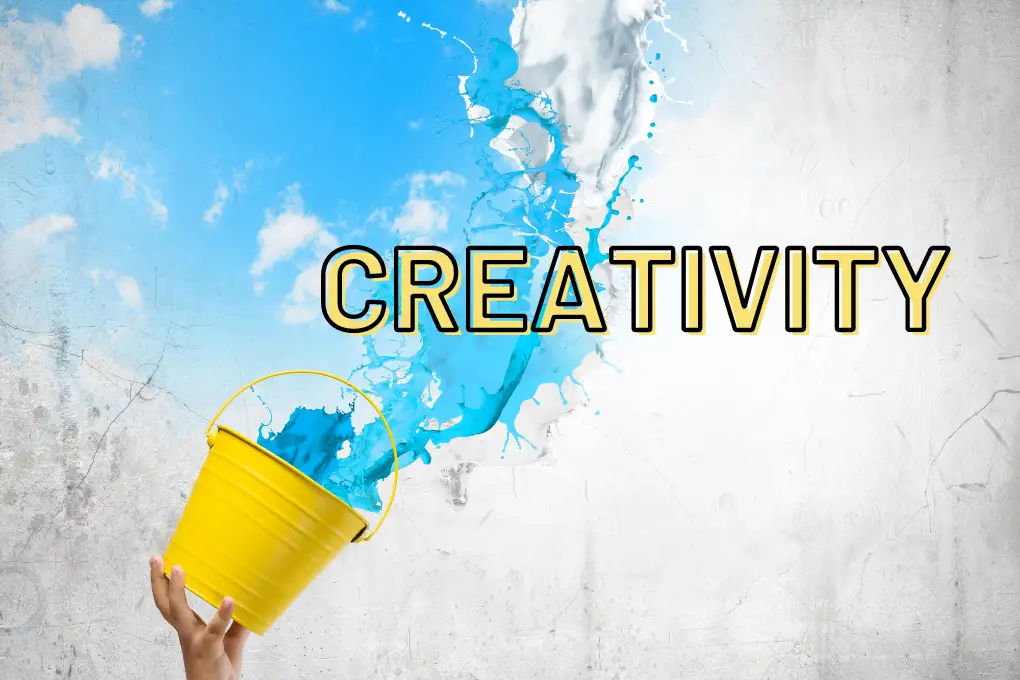
Journaling is more than just a way to document your thoughts and feelings. It can also be a powerful tool for enhancing creativity and unlocking your full potential. In this section, we’ll explore the various ways in which journaling can benefit your creative process.
Increases self-awareness and self-reflection
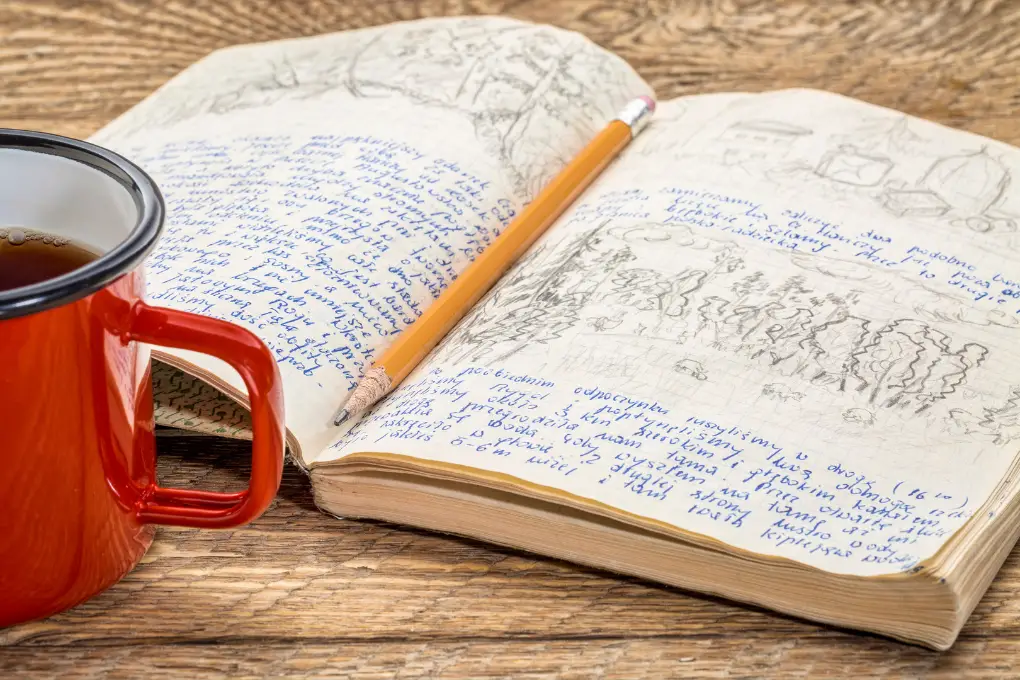
One of the most significant benefits is that it increases self-awareness and self-reflection.
When we take the time to write down our thoughts and feelings regularly, we can better understand our thoughts, emotions, and motivations – and when we do, we’ll be able to fuel our creativity.
Sounds too far off, right? But let me explain this further.
Imagine that you’re a chef, and you’ve been asked to come up with a new and innovative recipe for a gourmet meal. You start by gathering all the ingredients you’ll need, and you begin experimenting with different flavors and combinations.
As you work, you start to notice that certain ingredients complement each other in a way that enhances the overall flavor of the dish. You begin to get a sense of which flavors work well together and which don’t, and you document each. This is self-awareness at work – you’re aware of the flavors and ingredients you’re using, documenting them, and using that awareness to create something new and delicious.
As you continue experimenting and trying out new ideas, you start to get a sense of your own personal style as a chef. You realize that you have a particular flair for combining sweet and savory flavors or that you have a knack for creating dishes with a lot of depth and complexity. This self-awareness can help to fuel your creativity as you continue to come up with new and innovative recipes.
Like a chef who is aware of their strengths and preferences, self-awareness can help us tap into our creative potential and generate new and innovative ideas. By regularly engaging in self-reflection and self-exploration through journaling, we can gain greater insight into ourselves and how we think and feel and use that knowledge to fuel our creativity.
Journaling helps us process and make sense of emotions and experiences.
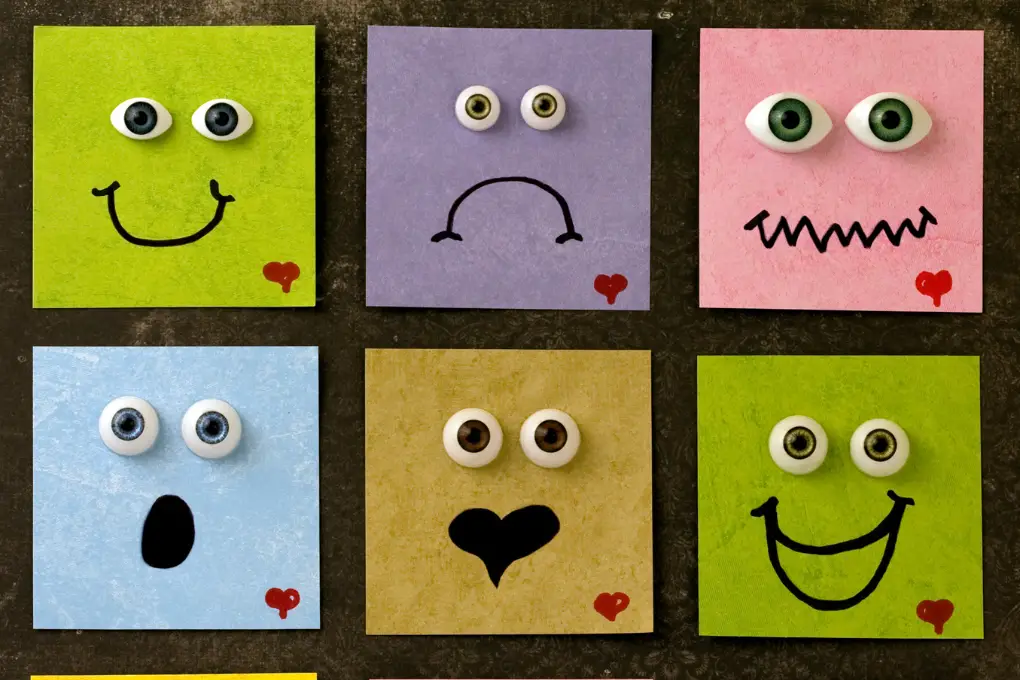
One of the key benefits of journaling for creativity is that it helps us to process and make sense of our emotions and experiences. When facing a challenging situation, it can be easy to get caught up in our feelings and perspectives – and feel overwhelmed or stuck. This is where journaling can be beneficial.
For example, let’s say you’re struggling with a difficult decision at work. You might feel stuck, trying to figure out what to do and how to make sense of your thoughts and feelings.
By taking the time to journal about the situation, you can start to look at things from a different perspective. You might write down your thoughts and feelings about the decision and consider the pros and cons of each option. You might also consider how the decision will impact your colleagues, boss, or career goals. By looking at the situation from the outside in, you can gain a clearer understanding of the situation and start to make sense of your emotions.
This ability to see things from the outside can be an essential part of the creative process. By regularly engaging in self-reflection and self-exploration through journaling, we can gain greater insight into ourselves and our lives, and use that knowledge to make positive changes.
Whether we’re facing a difficult decision, struggling with a specific issue, or simply looking to better understand ourselves and our place in the world, journaling can be a valuable tool for helping us to process and make sense of our emotions and experiences.
Recommended Reading
Enhances problem-solving and decision-making skills
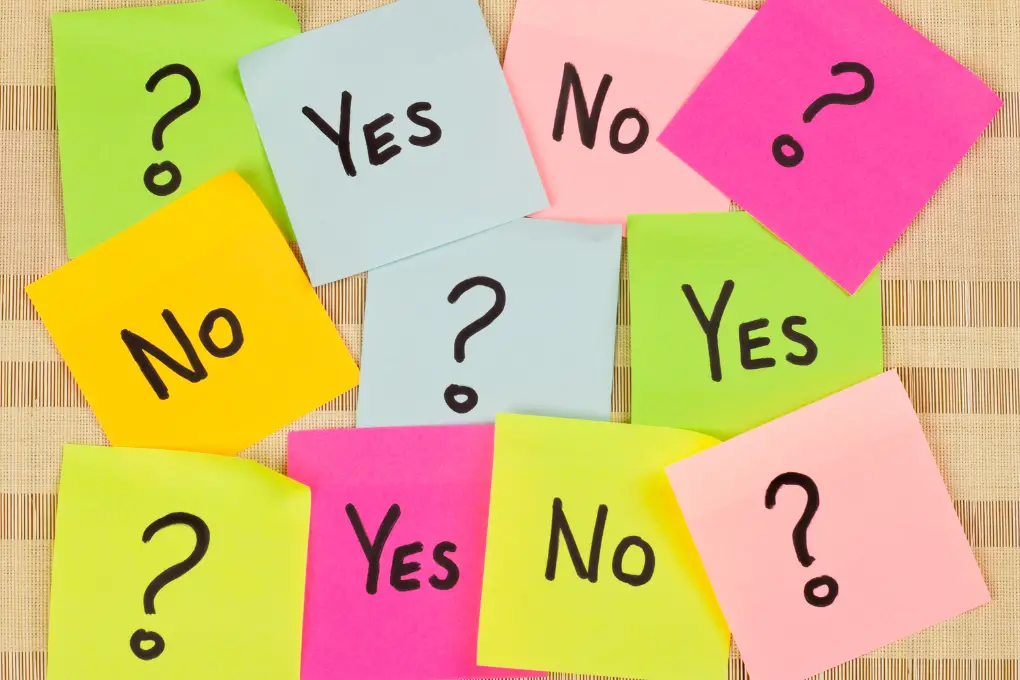
Journaling can enhance problem-solving and decision-making skills by allowing us to consider different perspectives and options. By regularly writing down our thoughts and feelings, we can gain a fresh perspective and start to see things from different angles. This can be especially helpful when faced with a complex problem or decision. By considering the various options available to us and how the issue impacts us and others, we can come up with creative solutions that we might not have otherwise thought of. In this way, journaling can help us to think more creatively and approach our situations with an open mind, presenting various opportunities and solutions.
Promotes regular writing practice
Another benefit of journaling for creativity is that it can help to promote regular writing practice. By setting aside time each day or week to write in your journal, you can develop a habit of self-reflection and self-exploration. Daily journaling can help to boost your creativity by providing a dedicated space and time for you to think, explore, and reflect. Additionally, by writing regularly, you can start to build your writing skills and become more confident in your ability to express yourself on paper. Whether you’re an artist, writer, or simply looking to tap into your creative side, a regular writing practice can be a valuable tool for cultivating creativity.
Helps build resilience
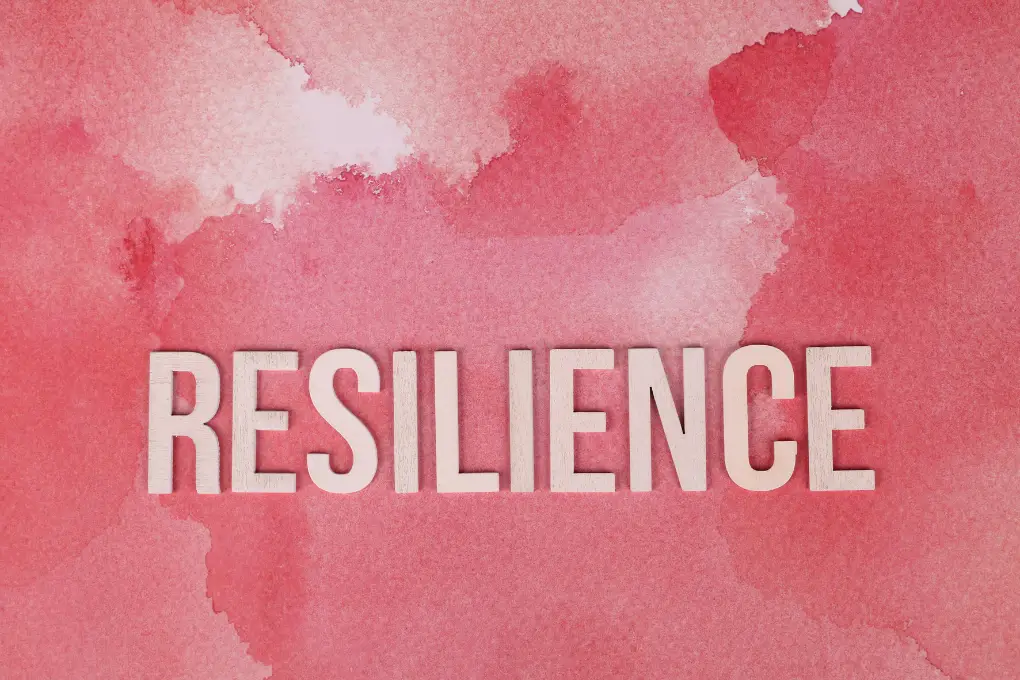
Finally, journaling can be a helpful tool for building resilience and coping with stress. When we’re feeling overwhelmed or stressed, it can be easy to get caught up in negative thoughts and emotions.
By writing down these thoughts and feelings in a journal, not only can we make sense of them and gain a fresh perspective, but it allows us to gain a sense of control even in the face of adversity. In this way, journaling can be a powerful tool for building resilience and coping with stress and can help us to feel more grounded and centered in the face of challenges.
Tips on How to Get Started with Journaling for Creativity
Are you interested in incorporating journaling into your daily routine but unsure where to start? Here are some tips to help you get started with journaling for creativity:
Choose a journaling format that works for you.
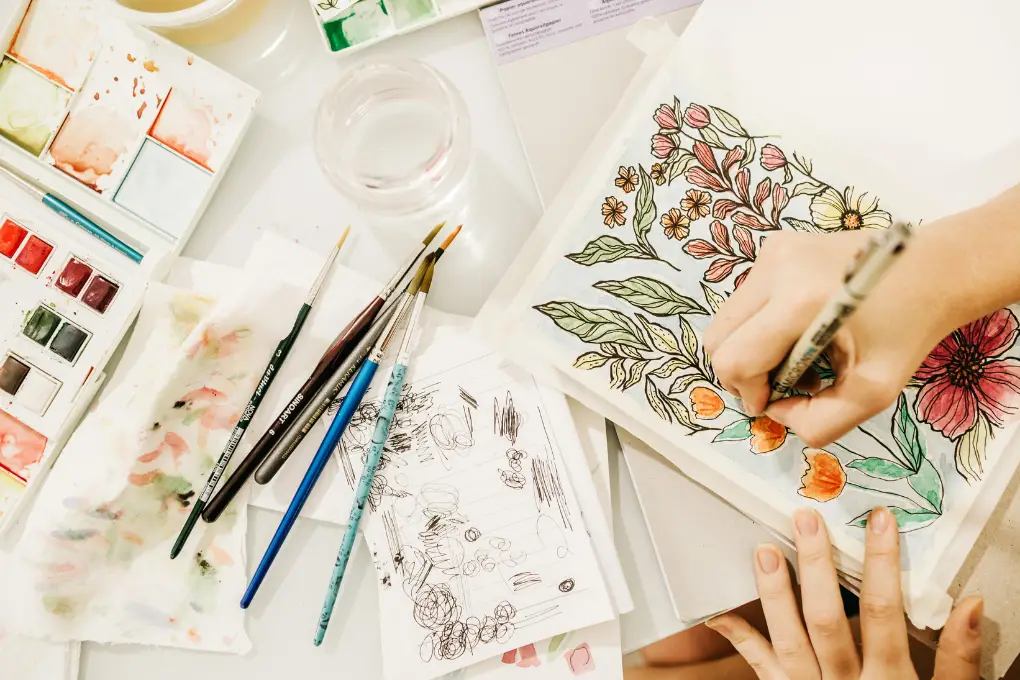
Choosing a journaling format that works for you is essential in getting started with journaling for creativity.
There are different ways to approach journaling – but it’s essential to find a format that feels comfortable and natural for you first. Some people prefer a traditional pen and paper journal, which allows them to physically write down their thoughts and feelings. Others prefer a digital journaling app, which offers the convenience of journaling from anywhere and the ability to search and organize entries easily.
Consider what works best for you and your personal preferences, and choose a comfortable and natural format. By doing so, you can write and record your thoughts and feelings in a way that feels natural and enjoyable, which will help to make journaling a regular and consistent part of your daily routine.
Set aside dedicated time for journaling.
It’s essential to make time for daily journaling to get the most out of it. Consider when you’re most likely to be in a reflective and introspective state of mind, and try to set aside time at that time of day for journaling. Some people find it helpful to journal first thing in the morning, while others prefer to journal before bed. Experiment with different times of day and see what works best for you.
Start with journaling prompts or questions to help stimulate creativity and self-reflection.
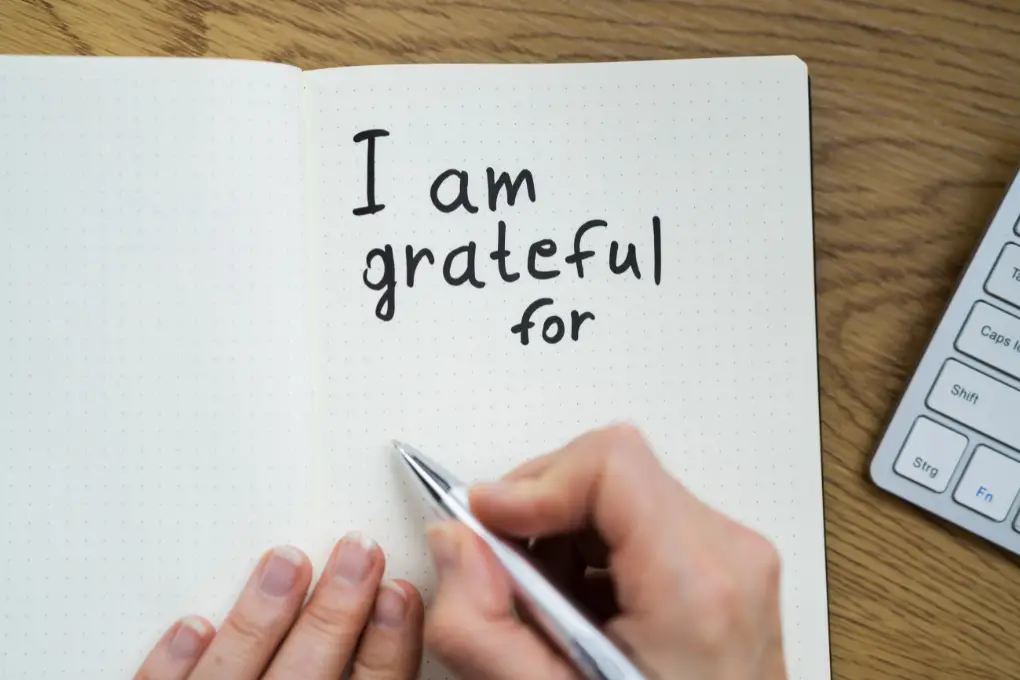
If you need help with what to write about, try using prompts or questions to get your creative juices flowing. Some examples might include “What are three things I’m grateful for today?”, “Write about a recent dream you had,” or “What are three things I’d like to accomplish this week?”
Prompts like these stimulate your creativity and get you thinking about different aspects of your life. And if you like to make things much easier, we also recommend you check out this book for 500 prompts that you can use for mental health, creativity, and personal exploration. Lots of creative journaling ideas in there, too. (In fact, you could use any other prompt journal that resonates with you.)
Experiment with different writing styles and techniques.

Journaling doesn’t have to be a rigid or structured activity. In fact, some of the most powerful journaling happens when you let your thoughts and feelings flow freely onto the page. Try different writing styles and techniques, such as free writing, stream of consciousness, or even poetry or fiction writing, to see what works best for you.
Be consistent and make journaling a regular habit.
The more you practice journaling, the more you’ll get out of it. Make an effort to journal regularly, whether that means writing journal entries every day, or setting aside time once or twice a week. By making journaling a regular habit, you’ll be able to build a habit of self-reflection and self-exploration and tap into your creativity more consistently.
Be kind to yourself.
In addition to the tips above, it’s also important to be patient and kind to yourself as you get started with journaling. It’s okay if you need to figure out exactly what to write or if you sometimes feel stuck. The point of journaling is to give yourself a space to explore your thoughts and feelings and to allow yourself the freedom to be creative.
So don’t worry about perfection; just let yourself be open and honest in your writing. As you continue to practice journaling, you’ll find that it becomes easier and more natural over time. So don’t give up, and keep at it!
Advanced Journaling Techniques for Boosting Creativity
If you’re looking to take your journaling practice to the next level and boost your creativity, try incorporating some of these advanced journaling techniques:
Mind mapping
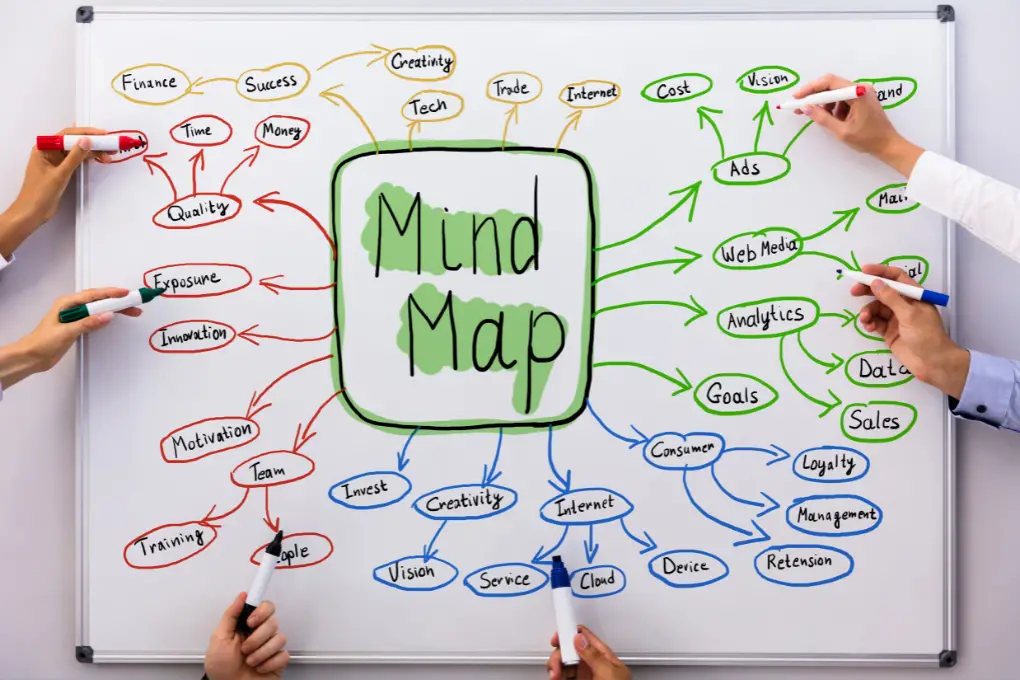
This journaling method involves creating a visual representation of your ideas and connections. To do this, you can draw a central idea or concept in the center of a page and then add branches or lines to represent the ideas and connections that stem from that main idea. This can be a helpful way to brainstorm and come up with creative ideas, as well as to better understand the relationships and connections between different ideas.
If you want to learn more about mind mapping, here’s a book that explores the topic deeply. Or, you could use a journal such as this to get started with mind mapping immediately.
Morning pages
This technique involves setting aside time each day to write freely, without any particular goal in mind. This can be a helpful way to clear the mind and stimulate creativity. You can set aside a few pages in your journal each morning and write whatever comes to mind. This could be a stream of consciousness or a series of unrelated thoughts or ideas. The point is to let your mind wander and to write whatever comes to you.
If you want to learn more about morning pages, here’s a book that explores the topic deeply. Or, you could use a journal such as this to start your morning pages immediately.
Art journaling
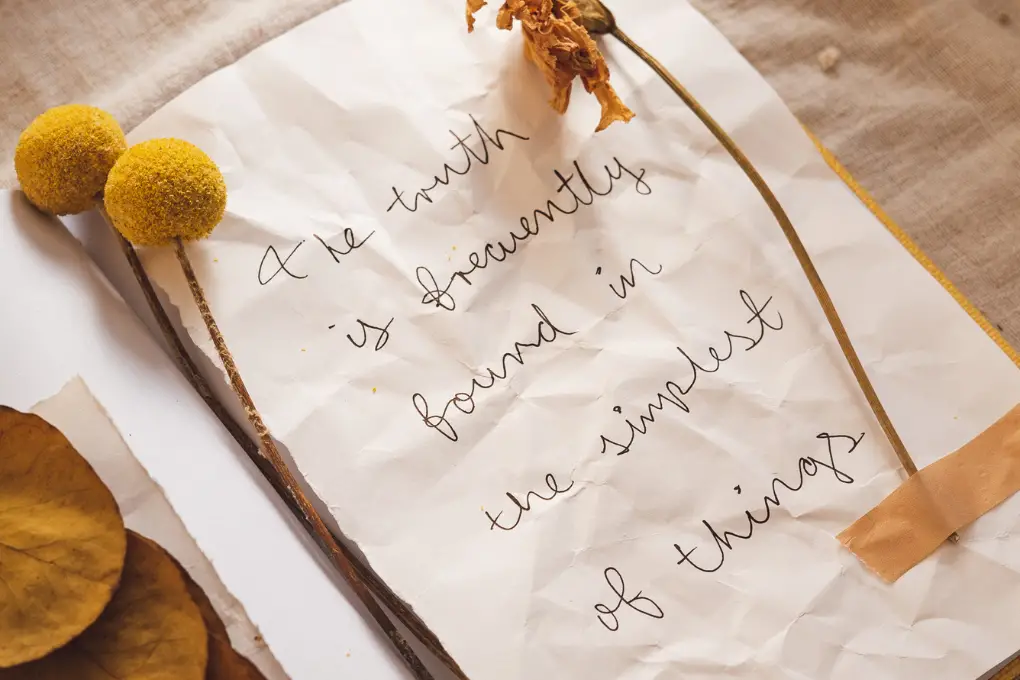
This technique combines writing with visual art elements, such as drawing, painting, or collaging. Keeping an art journal can be a fun and creative way to express yourself and explore different aspects of your life and creativity. It could also be a great source of inspiration for your next creative projects.
To get started with art journaling, you can simply combine text with visual elements in your journal, or you can create a separate art journal specifically for this purpose.
Or, you could use a creativity journal such as this one, this one, or this one to get started with art journaling right away.
Collaging
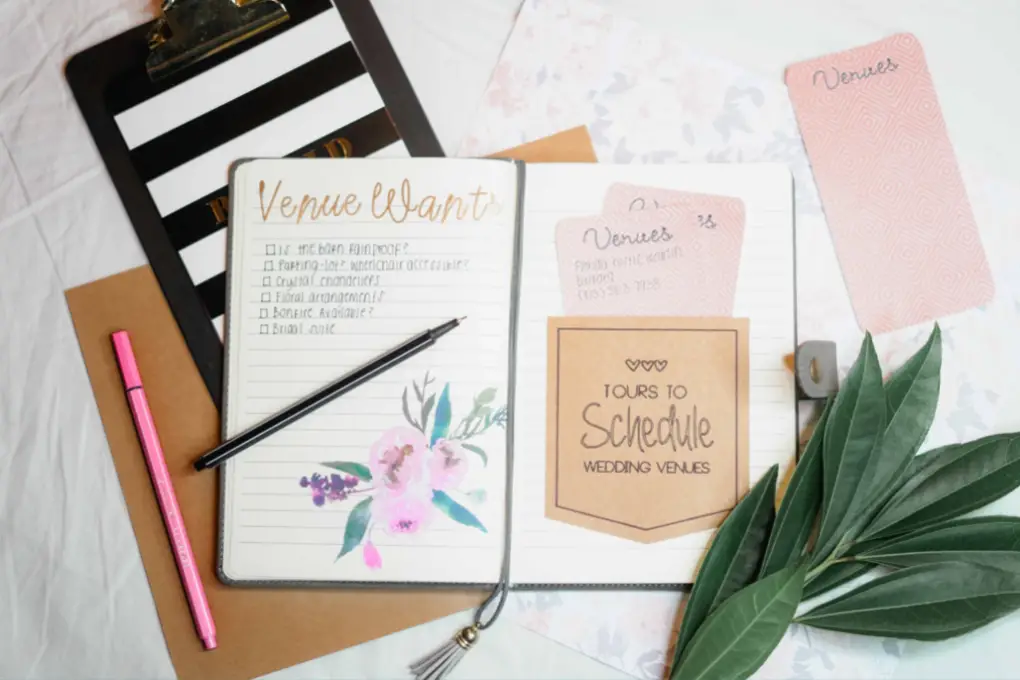
This technique is similar to art journaling as both involve combining images, words, and other elements to spark creativity and self-expression.
To do this, you can gather various images, words, and other elements that speak to you and then combine them in a way that reflects your thoughts, feelings, and interests.
If you’re new to collaging, you might want to get started with this.
Recommended Reading
Final Thoughts about Journaling for Creativity
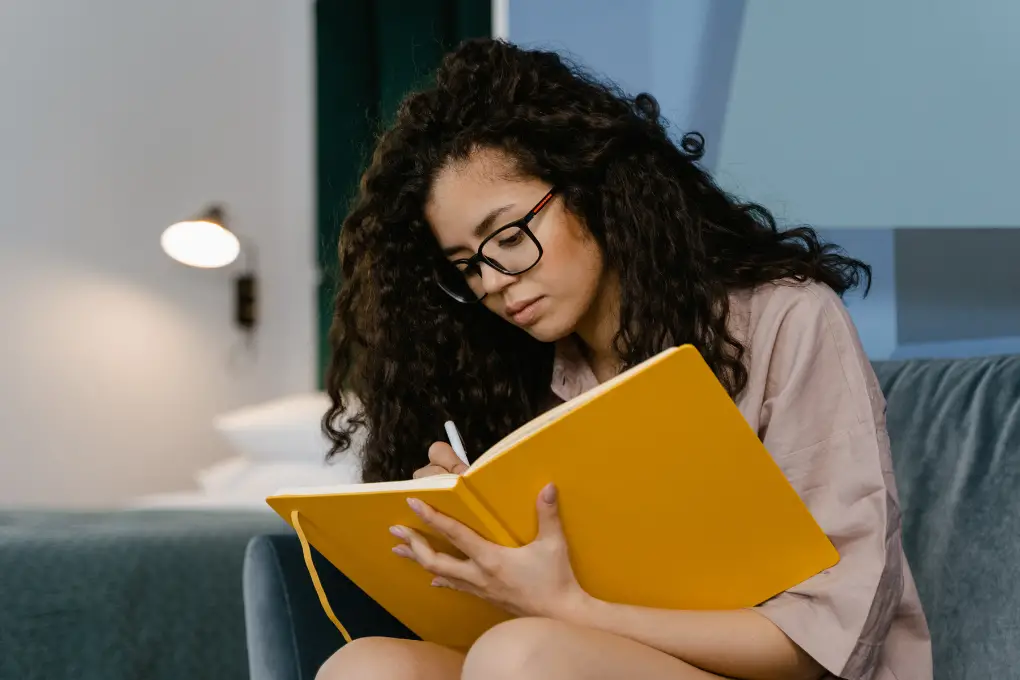
Journaling for creativity can be a powerful tool for personal and creative growth. By regularly journaling, you can gain greater self-awareness, process and make sense of your emotions and experiences, enhance your problem-solving and decision-making skills, and tap into your creativity in new and meaningful ways.
Whether you journal in a traditional pen-and-paper format or opt for a digital creativity journal app, the key is finding a format and approach that works for you and making journaling a safe space and a regular habit.
And if you’re looking to take your journaling practice to the next level, consider trying out some advanced techniques like mind mapping, morning pages, art journaling, or collaging. With regular practice and a little bit of experimentation, you’ll be well on your way to unlocking your full creative potential through the power of journaling.
Disclaimer: This post may contain affiliate links. Meaning, if you click on one of the product links, I will earn a small commission at no cost to you. Thank you for supporting Creativity Mesh.






